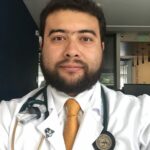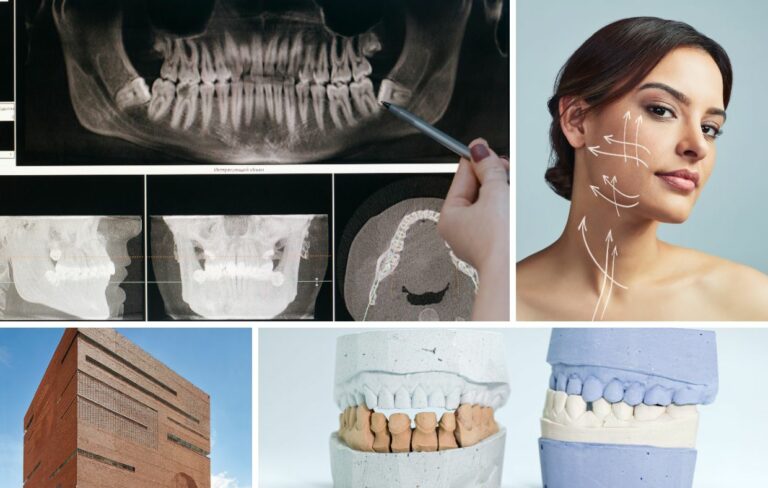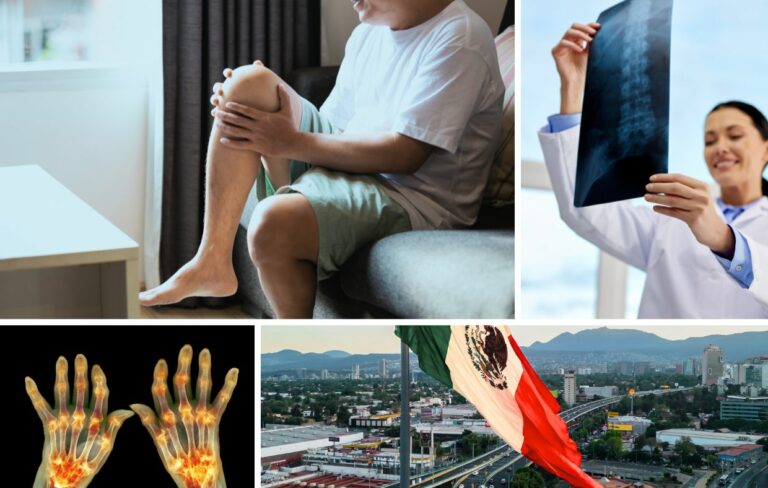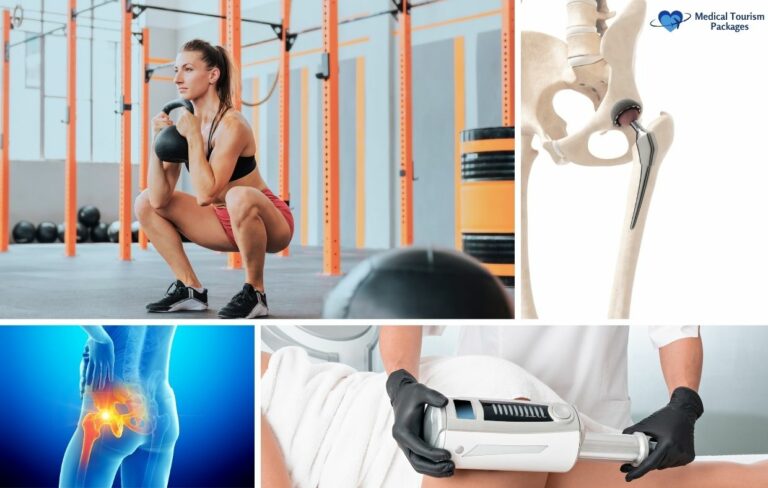Book Appointment Now
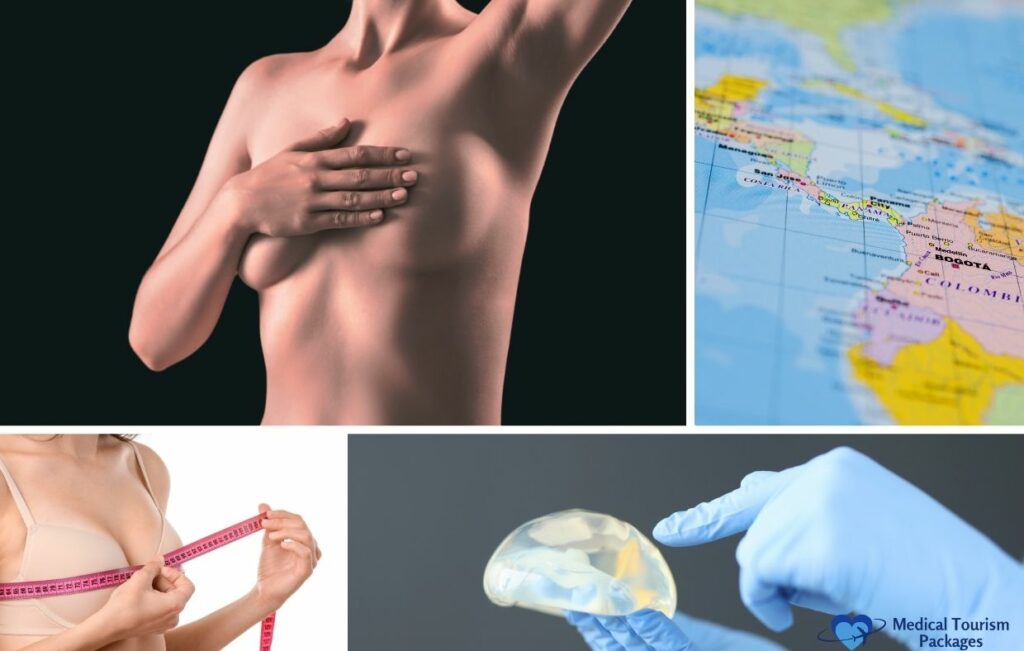
Breast Augmentation in Latin America: Costs, Safety, and Recovery Guide
Breast augmentation remains one of the most sought-after cosmetic procedures worldwide, and Latin America has emerged as a leading destination for this surgery. Each year, thousands of women travel to Colombia, Panama, Costa Rica, and Mexico seeking quality care at prices 50-70% lower than in the United States or Canada.
The region’s appeal extends beyond cost savings. Many surgeons trained at prestigious international institutions and maintain certifications from recognized medical boards like ISAPS and ASPS. Modern facilities meet international safety standards, with several hospitals holding JCI accreditation. Patients have access to the same FDA-approved implants used in North America from manufacturers like Allergan, Mentor, Motiva, and Sientra.
This guide provides essential information about breast augmentation across Latin America, covering costs by country, surgeon credentials, facility standards, recovery expectations, and safety considerations.
What is Breast Augmentation in Latin America?
Breast augmentation is a surgical procedure that enhances breast size, shape, and symmetry using implants or fat transfer. The surgery typically takes 1-2 hours and is performed as outpatient surgery, meaning you return to your recovery accommodation the same day.
Women choose this procedure for cosmetic enhancement, reconstruction after mastectomy, or correcting natural asymmetry. Patients typically save 50-70% compared to US, Canadian, or European prices. A procedure costing $10,000 in the United States might cost $3,500-$5,500 in Latin America.
Why Choose Latin America for Breast Enhancement?
Latin America offers several compelling advantages for medical tourists seeking breast augmentation:
- Cost Savings: Average savings of $3,000-$5,000 per procedure, representing 40-70% cost reduction
- Qualified Surgeons: Many trained at prestigious US or European institutions and hold ASPS or ISAPS memberships
- FDA-Approved Implants: Access to implants from Allergan, Mentor, Motiva, and Sientra
- High Satisfaction Rates: Patient satisfaction exceeds 95% at certified facilities
- Growing Industry: Costa Rica’s medical tourism market was valued at $289 million in 2024, expected to reach $1,662.44 million by 2033 (CAGR of 19.12%)
- MedTech Hub: Over 90 MedTech multinationals operate in Costa Rica
- Recovery Settings: Combine surgery with recovery in tropical locations
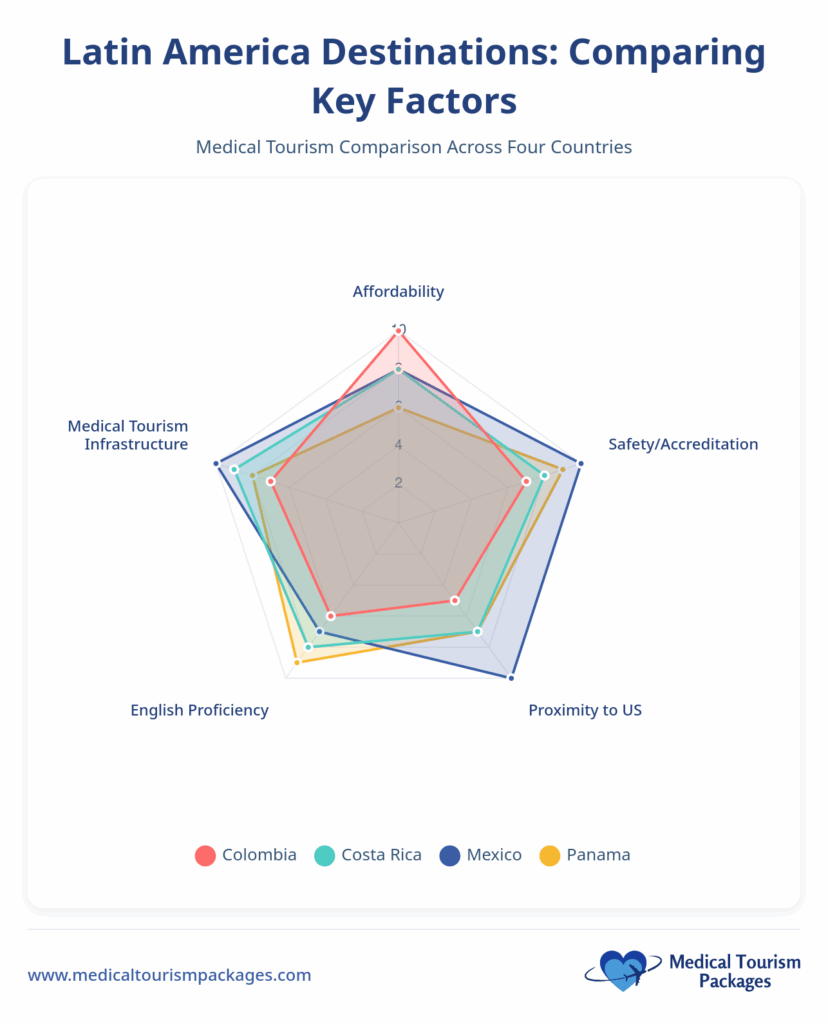
What Types of Breast Implants are Available in Latin America?
Surgeons throughout Latin America offer multiple implant options to match your aesthetic goals and body type. Each type has distinct characteristics, advantages, and considerations that make it suitable for different patients.
Saline Implants consist of sterile saltwater solution contained within a silicone shell. These implants provide a firmer feel compared to other options. The primary advantages include being the most affordable implant option and offering safety in the event of rupture, as the body naturally absorbs the saline solution without harm. However, saline implants tend to show more rippling under the skin and provide a less natural feel compared to silicone alternatives. These implants work best for budget-conscious patients and those who prefer smaller incisions, as they can be inserted empty and filled once in position.
Silicone Gel Implants are filled with cohesive silicone gel and represent the most popular choice among patients. These implants offer a natural feel that closely mimics natural breast tissue and produce less visible rippling than saline. The soft, pliable texture makes them the preferred option for most patients seeking natural-looking results. The main drawback is the requirement for MRI monitoring every 2-3 years to detect potential silent ruptures, as the gel does not absorb into the body if leakage occurs. Silicone gel implants are ideal for patients who prioritize the most natural look and feel and don’t mind the ongoing monitoring requirements.
Gummy Bear Implants use form-stable cohesive gel that maintains its shape even if the shell is compromised. These implants feel firmer than traditional silicone but offer superior shape retention over time. The standout advantage is their exceptionally low complication rate, with Motiva gummy bear implants showing only 0.54% capsular contracture compared to 10-15% with traditional implants, along with the lowest rupture rate of any implant type. The tradeoffs include premium pricing that adds $500-$1,500 to the base procedure cost and the firmest feel among implant options. These advanced implants are best suited for patients seeking the longest-lasting results with the lowest risk of complications who can accommodate the higher investment.
Fat Transfer Augmentation uses your own fat harvested from another area of your body through liposuction, then purified and injected into the breasts. This approach provides the most natural feel possible since the material is your own tissue rather than a foreign implant. The procedure offers the benefit of contouring another body area while enhancing breast size, with no foreign material or implant-related concerns. However, fat transfer has significant limitations: results are modest with only 1-2 cup size increases possible, and only 50-70% of transferred fat survives long-term, with the body reabsorbing the rest. This technique works best for patients wanting a modest increase without implants and those who have sufficient donor fat available for harvesting.
Note: Pricing varies by country and chosen implant type. Premium implants like gummy bear may add $500-$1,500 to the base procedure cost. See the cost comparison section below for country-specific pricing.
How Much Does Breast Augmentation Cost in Latin America?
Prices vary significantly across countries and cities in the region. The costs below represent complete procedure pricing including surgeon fees, facility fees, anesthesia, and standard implants. Premium implant options may add $500-$1,500 to the base cost.
| Country/City | Price Range (USD) | Savings vs US | Notable Details |
|---|---|---|---|
| Colombia | $2,500-$5,000 | Up to 60% | Lowest prices in region; strong cosmetic surgery reputation |
| Panama | $5,000-$7,200 | 50-70% | Premium pricing reflects Johns Hopkins affiliation |
| Costa Rica Overall | $3,000-$6,000 | 55-65% | Transparent pricing with no hidden fees |
| – Rosenstock Clinic | $3,500-$4,000 | 60-65% | Mid-range option with strong reputation |
| – Medical Group Costa Rica | $4,500 | 55-60% | Higher-end facility |
| Mexico Overall | $3,500-$6,000 | 50-70% | Ranks 3rd globally for procedure volume |
| – Tijuana | $3,500-$5,000 | 60-70% | Border location; highest volume |
| – Monterrey | $4,000-$5,500 | 55-65% | Major medical hub |
| – Mexico City | $5,000-$7,000 | 50-60% | Most certified surgeons |
| – Cancun | $5,500-$7,500 | 50-55% | Resort recovery setting |
| United States | $8,000-$15,000 | Baseline | For comparison purposes |
Colombia offers the lowest prices at $2,500-$5,000, representing up to 60% savings. Panama’s prices range from $5,000-$7,200, with the premium reflecting Johns Hopkins affiliation and strong infrastructure. Costa Rica charges $3,000-$6,000, with clinics like Rosenstock offering $3,500-$4,000 and Medical Group Costa Rica at $4,500. Mexico’s prices vary significantly by city, with Tijuana offering the lowest costs due to its border location and high procedure volume, while resort destinations like Cancun command premium prices.
For detailed country-specific information, see:
- Breast Augmentation in Colombia
- Breast Augmentation in Panama
- Breast Augmentation in Costa Rica
- Breast Augmentation in Mexico
How Do You Select a Qualified Surgeon in Latin America?
Choosing the right surgeon is your most critical decision. Each Latin American country has specific certification requirements that qualified surgeons must meet:
Colombia: Surgeons must hold Colombian Society of Plastic Surgery (SCCP) certification
Panama: ISAPS or ASPS membership plus board certification in plastic surgery required
Costa Rica: ACCPRE board certification, FILACP membership, and CRCPS registration mandatory
Mexico: CMCPER certification is LEGALLY REQUIRED (only certified specialists can perform procedures). This certification demands 6 years of medical school, 3-4 years of general surgery residency, 2-3 years of plastic surgery specialty, and re-certification every 5 years.
Verification Steps
Never trust credentials without independent verification. Follow these steps:
- Request certification number and specialty license number
- Verify through official websites (www.cmcper.org.mx for Mexico)
- Confirm hospital privileges at accredited facilities
- Ask how many procedures performed annually (100+ indicates high volume)
Red Flags
Avoid surgeons who refuse to provide certification numbers, have unverifiable credentials, claim “pending” certification, operate outside established facilities, or use pressure tactics and unrealistic pricing.
What Should You Know About Latin American Hospitals and Clinics?
Facility quality is as important as surgeon credentials. Joint Commission International (JCI) accreditation represents the gold standard for hospital quality. The following facilities hold JCI accreditation or operate in JCI-accredited hospitals:
Mexico:
- Hospital San Jose TecSalud (Monterrey)
- Hospital Angeles Pedregal (Mexico City)
- Médica Sur (Mexico City)
- Hospital Galenia (Cancun)
Costa Rica:
- Hospital CIMA San José
Panama:
- Punta Pacifica Hospital (Johns Hopkins-affiliated)
Colombia:
- Multiple facilities maintain international certifications and state-of-the-art standards
- Leading facilities include InterQuirófanos (Medellín), Fundación Santa Fe de Bogotá, and Hospital Pablo Tobón Uribe (Medellín)
Regulatory Requirements
Each country enforces specific regulations to protect patient safety:
- Mexico: COFEPRIS authorization mandatory (closed 78 facilities in 2023 for violations)
- Costa Rica: Ministry of Health regulation with strict safety rules
- Colombia: INVIMA registration and Ministry of Health oversight
- Panama: Ministry of Health licensing and compliance
Quality Features
Look for facilities with 24/7 emergency capabilities including ICU access, bilingual staff available around the clock, willingness to provide facility tours, state-of-the-art operating rooms, and verifiable accreditation documentation.
What is the Recovery Timeline After Surgery in Latin America?
Recovery from breast augmentation follows predictable phases over several months. Understanding each phase helps you plan time off work and arrange necessary support:
| Timeframe | Activities | Restrictions | Milestones |
|---|---|---|---|
| Week 1-2 | Walking, light personal care | No lifting over 5 lbs; sleep elevated; no driving on pain meds | Days 1-2: First follow-up, drain removal; Days 5-7: Suture check; Days 10-14: Travel clearance |
| Weeks 3-5 | Desk work, light tasks | No lifting over 10 lbs; compression garment 24/7; no upper body exercise | Week 3: Swelling subsides; Week 4: Implants settling |
| Weeks 6-8 | Light cardio, normal activities | No lifting over 20 lbs; no chest exercises | Week 6: Increased activity cleared |
| 3-6 Months | Full exercise | Follow surgeon guidance | Month 3: Final position; Month 6: Complete healing |
Pain management includes prescribed medications for 3-7 days, regional nerve blocks providing 24-48 hours of relief, ice packs for the first 48 hours, elevated sleeping position for 2 weeks, and compression garments for 4-6 weeks.
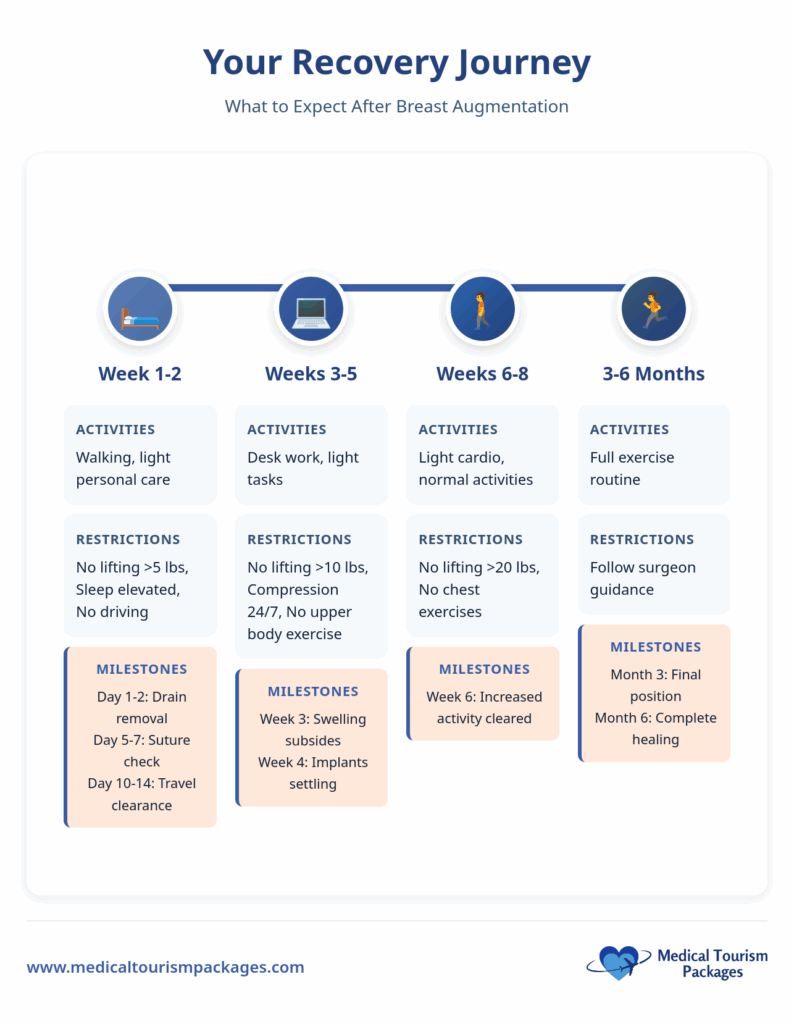
Follow-Up Care
Plan to stay in-country for 10-14 days minimum to complete 2-3 essential in-person appointments. After returning home, you’ll submit weekly photos for 3 weeks, provide monthly updates, and have 24/7 emergency contact access. Critically important: arrange a local follow-up surgeon BEFORE traveling, as many won’t manage another surgeon’s complications.
What are the Risks and Safety Considerations for Surgery in Latin America?
Patient satisfaction rates exceed 95% at certified facilities when you choose board-certified surgeons at accredited locations. However, all surgery carries risks. The following table shows typical complication rates at quality facilities:
| Complication | Rate at Quality Facilities | Treatment | Notes |
|---|---|---|---|
| Infection | 1-2% | Antibiotics; possible implant removal | Most appear within 2 weeks |
| Capsular Contracture | 10-15% traditional / 0.54% Motiva | Surgery for severe cases | Newer technology dramatically reduces risk |
| Hematoma/Seroma | 3-5% | Drainage procedure | Usually develops in first week |
| Implant Rupture | 3-5% within 10 years | Replacement surgery | Silicone requires MRI monitoring |
| Asymmetry | 8-12% | Revision surgery if significant | Some asymmetry is normal |
Among medical tourism patients who develop complications requiring treatment after returning home, 36.8% need hospitalization and 51.8% require surgery. Treatment often takes 2+ months. Home physicians are frequently unfamiliar with techniques used abroad, and the financial burden falls entirely on you. Initial savings can be completely eliminated by complication costs.
Can You Combine Procedures with Breast Augmentation in Latin America?
Many patients traveling to Latin America combine breast augmentation with other procedures during a single surgery. The mommy makeover (combining breast augmentation with tummy tuck and sometimes breast lift) is the most popular option.
In Mexico, mommy makeover packages cost $9,700-$9,900 compared to $15,000-$25,000 in the United States, representing 50-60% savings. Benefits include a single surgery and recovery period, one international trip, consolidated time off work, and overall cost savings.
However, combined procedures involve longer surgery time of 4-6 hours, more complex recovery with multiple surgical sites, extended stay requirements of 2-3 weeks minimum, higher risk than single procedures, and increased need for home support.
What are Long-Term Considerations After Getting Implants in Latin America?
Breast implants are not lifetime devices and require ongoing monitoring regardless of where you have surgery. Understanding these long-term commitments helps you prepare for the reality of having implants.
Implant Lifespan
Average replacement occurs every 10-20 years:
- Saline: 10-15 years typical
- Silicone: 15-20 years average
- Gummy Bear: 15-25 years expected
- Individual variation: some last 30+ years, others fail within 5 years
Ongoing Monitoring
You’ll need standard mammograms with modified technique for implants, MRI screening for silicone implants at 5-6 years then every 2-3 years to detect silent ruptures, monthly self-exams, annual clinical breast exams, and immediate evaluation for any sudden changes.
Warranty Coverage
FDA-approved implants include free replacement for rupture (10 years to lifetime depending on brand) and financial assistance of $1,200-$2,500 toward surgery fees. You must register implants within 45 days to activate warranty coverage.
How Does Each Latin American Country Compare?
Each destination offers unique advantages for medical tourists. The following comparison helps you choose the best fit for your priorities:
| Country | Cost Range | Key Advantages | Notable Features |
|---|---|---|---|
| Colombia | $2,500-$5,000 | Up to 60% savings; strong cosmetic surgery reputation | Personalized bilingual assistance; breathtaking recovery settings in Medellín and Bogotá |
| Panama | $5,000-$7,200 | Johns Hopkins affiliation; English-speaking staff common | Low infection rates; stable regulations; strong tourism infrastructure; proximity to North America |
| Costa Rica | $3,000-$6,000 | Transparent pricing; 20 minutes from international airport | 90+ MedTech companies operate there; market growing from $289M (2024) to $1,662M (2033); strong public health foundation |
| Mexico | $3,500-$6,000 | Ranks 3rd globally for procedure volume; geographic proximity | 3 million annual medical tourists; breast augmentation is 10.9% of surgical volume (2nd most common procedure); multiple JCI-accredited hospitals |
For comprehensive information on each destination including specific surgeon recommendations, facility details, and planning guidance, visit the country-specific guides linked earlier in this article.
Who Should Avoid Traveling to Latin America for Surgery?
Certain medical conditions make traveling for surgery dangerous regardless of cost savings. The following conditions require you to stay local:
Medical Contraindications
- Active infection or cancer
- Uncontrolled diabetes
- Severe heart or lung disease
- Pregnancy or breastfeeding
- Blood clotting disorders
Conditions Requiring Extra Caution
Some conditions don’t absolutely prevent travel but significantly increase risks:
- BMI over 35
- Active smoking
- Previous chest radiation
- Keloid scarring tendency
- Mental health conditions affecting expectations
Distance from your surgeon becomes extremely problematic if complications develop. Among those requiring treatment after returning home, 36.8% need hospitalization and 51.8% need surgery, with treatment taking 2+ months. Home physicians are often unfamiliar with international surgical techniques, creating delays and complications in care.
Breast augmentation in Latin America provides excellent results at substantial savings when you select board-certified surgeons at accredited facilities. Success requires thorough credential verification, realistic expectations about recovery and risks, and proper planning including arranged local follow-up care before you travel. The combination of affordability, qualified surgeons, and modern facilities makes Colombia, Panama, Costa Rica, and Mexico compelling destinations for this life-changing procedure.
Ready to Start Your Breast Augmentation Journey?
Planning your breast augmentation in Latin America requires expert guidance to connect you with board-certified surgeons, JCI-accredited facilities, and comprehensive support throughout your medical tourism experience. Our team specializes in matching patients with verified, qualified providers across Colombia, Panama, Costa Rica, and Mexico while coordinating every detail of your trip.
Contact us today to receive personalized consultations, transparent pricing comparisons, and answers to all your questions about breast augmentation in Latin America. Let our experienced medical tourism coordinators help you achieve your aesthetic goals safely and affordably. Your transformation begins with a simple conversation about your needs, budget, and expectations for this life-changing procedure.
Frequently Asked Questions About Breast Augmentation in Latin America
How long do I need to stay in Latin America after breast augmentation?
Plan for at least 10–14 days to complete follow-ups: days 1–2 for initial assessment and possible drain removal, days 5–7 for suture checks, and days 10–14 for final clearance to travel. Leaving earlier raises complication risks during travel and may void certain warranties or support agreements with your surgical team.
What happens if I develop complications after returning home?
This is a critical consideration for medical tourists. About 36.8% of patients with complications require hospitalization and 51.8% need surgery. Many home physicians are unfamiliar with techniques used abroad and may hesitate to treat another surgeon’s patient. Arrange a local surgeon for follow-up before you travel. All costs for treating complications are your responsibility and can erase any initial savings.
Do I need to speak Spanish to get breast augmentation in Latin America?
Not necessarily. Most established medical tourism facilities employ bilingual staff and coordinators who speak fluent English. Surgeons at internationally certified centers often trained in English-speaking countries and communicate effectively with foreign patients, and many hospitals offer translation services. Basic Spanish phrases or a translation app still help for restaurants, pharmacies, and transportation outside the clinic.
How do I pay for breast augmentation in Latin America, and what payment methods are accepted?
Most facilities require a 30–50% deposit to secure your date, with the balance due before surgery. Commonly accepted methods include international wire transfers, credit cards (often with a 3–5% processing fee), and sometimes cash in U.S. dollars. Avoid clinics that demand full payment far in advance or only accept untraceable methods. Always request itemized written quotes that specify exactly what’s included.
Can I bring a companion with me, and should I?
Yes—bringing a companion is strongly recommended. They can help with practical tasks during the first 48–72 hours, attend post-op visits to hear instructions, assist with communication if issues arise, and provide emotional support. Most packages can accommodate companions for an added cost, and some facilities offer companion discounts or include one companion in the price.
What’s actually included in the quoted price for breast augmentation?
Standard packages usually include surgeon fees, facility and anesthesia fees, standard implants, compression garments, prescribed medications, and 2–3 follow-up appointments during your stay. Common exclusions: premium implants (add roughly $500–$1,500), lodging beyond a recovery house, flights, pre-op testing if done separately, treatment of complications requiring additional surgery, and extended stays. Request an itemized quote that specifies inclusions and exclusions.
When is it safe to fly home after breast augmentation?
Most surgeons clear patients for air travel 10–14 days after surgery, depending on healing and any complications. Flying too early increases risks such as blood clots and potential implant displacement from cabin pressure changes, and you may lack access to urgent care mid-flight. Book flexible or refundable tickets—your true clearance date is confirmed at your final appointment.
How do I verify a surgeon’s credentials before booking my procedure?
Request the surgeon’s certification and specialty license numbers and verify them through official registries (e.g., Mexico: CMCPER; Colombia: SCCP; Costa Rica: ACCPRE; Panama: ISAPS or ASPS membership). Cross-check international directories like ASPS.org or ISAPS.org, confirm hospital privileges—ideally at JCI-accredited facilities—and search for any disciplinary actions. Legitimate surgeons welcome verification; refusal to provide verifiable credentials is a red flag.
